Diffusing light I Reflector board I Bounce flash I Auto FP high-speed sync I Slow sync I Colour filters I Advanced Wireless Lighting
Diffusing light
Diffusing light is one method of creating soft lighting. Direct flash casts a harsh light and use of flash is obvious in the final image. You can diffuse the flash light using semi-transparent plastic or tracing paper.
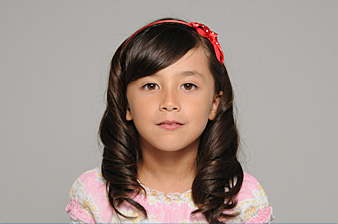 | 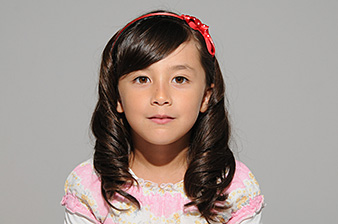 |
Flash light is diffused using tracing paper
"The shadow on her neck is softer". | Direct flash
"Casts a harsher shadow on her neck". |
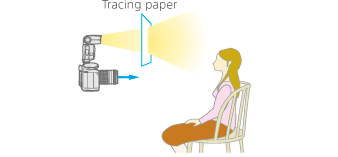 | 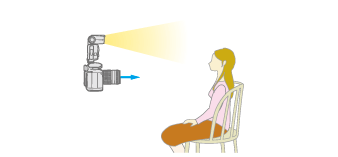 |
Reflector board
A board with a reflective surface is usually used as a secondary light source to fill in shadows created by a primary light source. Reflector boards have white, silver or gold surfaces. Gold surfaces provide a warmer look than silver or white. If you don't have a reflector board, you can use alternatives such as polystyrene sheets, tin foil on cardboard or whiteboard.
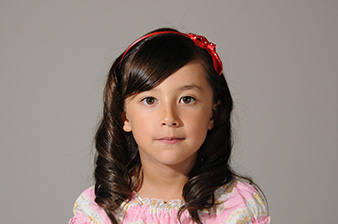 | 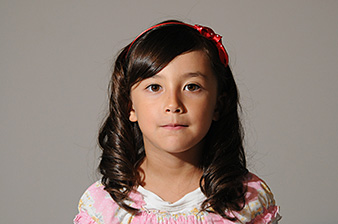 |
Side lighting with a reflector board
"The shadow on the left side of her face is softened by light from the reflector board". | Side lighting without the use of a reflector board
"Casts a harsher shadow on the left side of her face". |
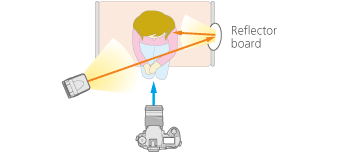 | 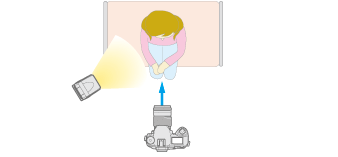 |
Bounce flash
Bounce flash is one way of diffusing light. Using the Speedlight’s bounce feature, light is bounced off a reflector, ceiling or wall to soften or diffuse the light’s intensity. This technique is recommended for indoor portraits.
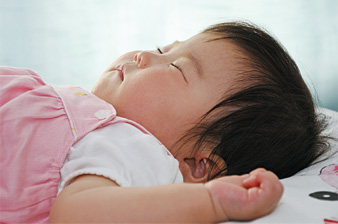 | 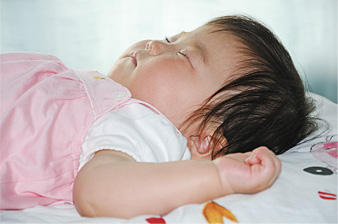 |
Bounce flash
"Creates a soft natural lighting". | Direct flash
"Casting harsh light". |
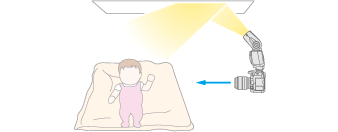 | 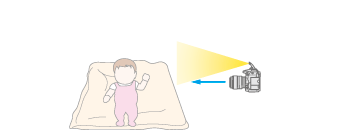 |
Auto FP high-speed sync
Even in daylight, a flash is handy for balancing the background exposure of backlit subjects. What’s more, auto FP high-speed sync enables stop-action shutter speeds with fill flash. It is also ideal for portraiture, allowing you to use larger apertures to capture more pleasingly radiant, ambient light.
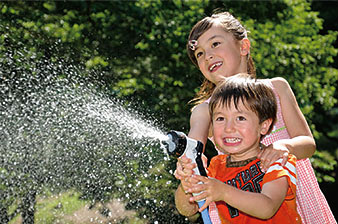 | 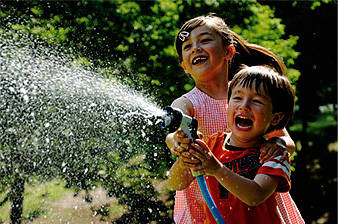 |
With auto FP high-speed sync
"The main subjects are correctly exposed, while the sparkle of the water is captured with a fast shutter speed". | Without flash
"The sparkle of the water is captured with a fast shutter speed, but their faces are in shadow ". |
For further detail on Auto FP high-speed sync please click here.
Slow sync
With slow sync, the flash fires at the start of the exposure but the shutter remains open for the duration of the exposure, allowing the camera to pick up ambient light and record the scene's details. This is particularly useful for nighttime portraits with illuminated backgrounds.
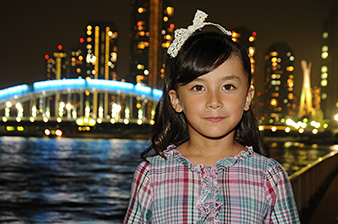 | 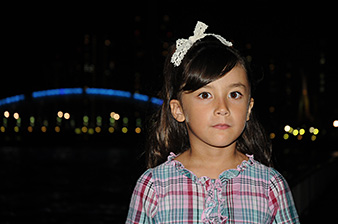 |
Slow sync
"Background illumination is captured with a slower shutter speed, while the main subject is "frozen" by the flash". | Normal sync
"The shutter speed is too fast to capture the background". |
Colour filters
Colour compensation filters and colour filters are available for Speedlights. Colour compensation filters are used to balance the colour of light from the flash to match that of fluorescent or incandescent lighting. Colour filters are used to illuminate scenes with colour for creative effect.
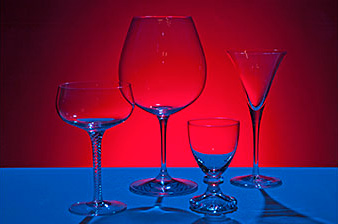 | 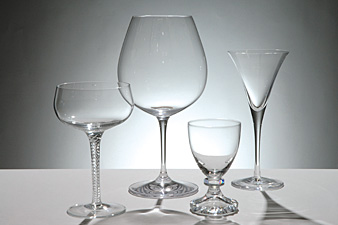 |
With colour filters
"One remote flash unit with a blue filter attached illuminates the table from above while the light from the other with a red filter bounces off the background wall to illuminate glasses". | Without colour filters
"Two flash units are placed behind the subjects to render the texture and solidity of the glasses". |
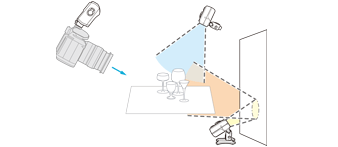 | 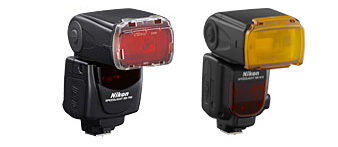 |
| | Color filters are available for the; SB-5000, SB-910, SB-900, SB-700, SB-600 and SB-R200. |
Advanced Wireless Lighting
Using two or more flash units, you can control the lighting of the whole scene as you wish. Multiple flash-unit photography using Nikon cameras and Speedlight’s is about as easy as shooting with a single flash because it is both wireless and totally automatic. It gives you the freedom to experiment with flash settings in any lighting situation.
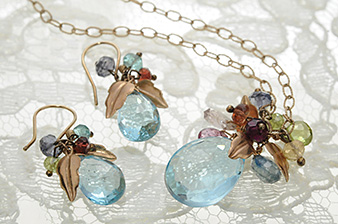 | 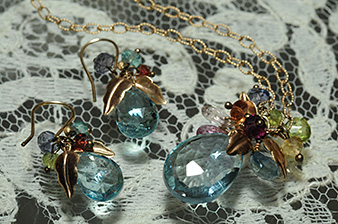 |
With two remote flash units
"One remote flash unit illuminates the subjects from below while the other creates highlights on the subjects to show their metallic texture". | With the camera’s built-in flash
"The stones reflect the flash light, while their transparency is poorly captured". |
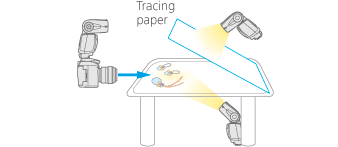 | 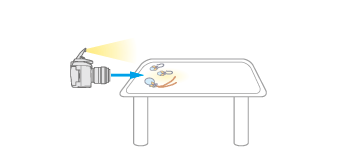 |